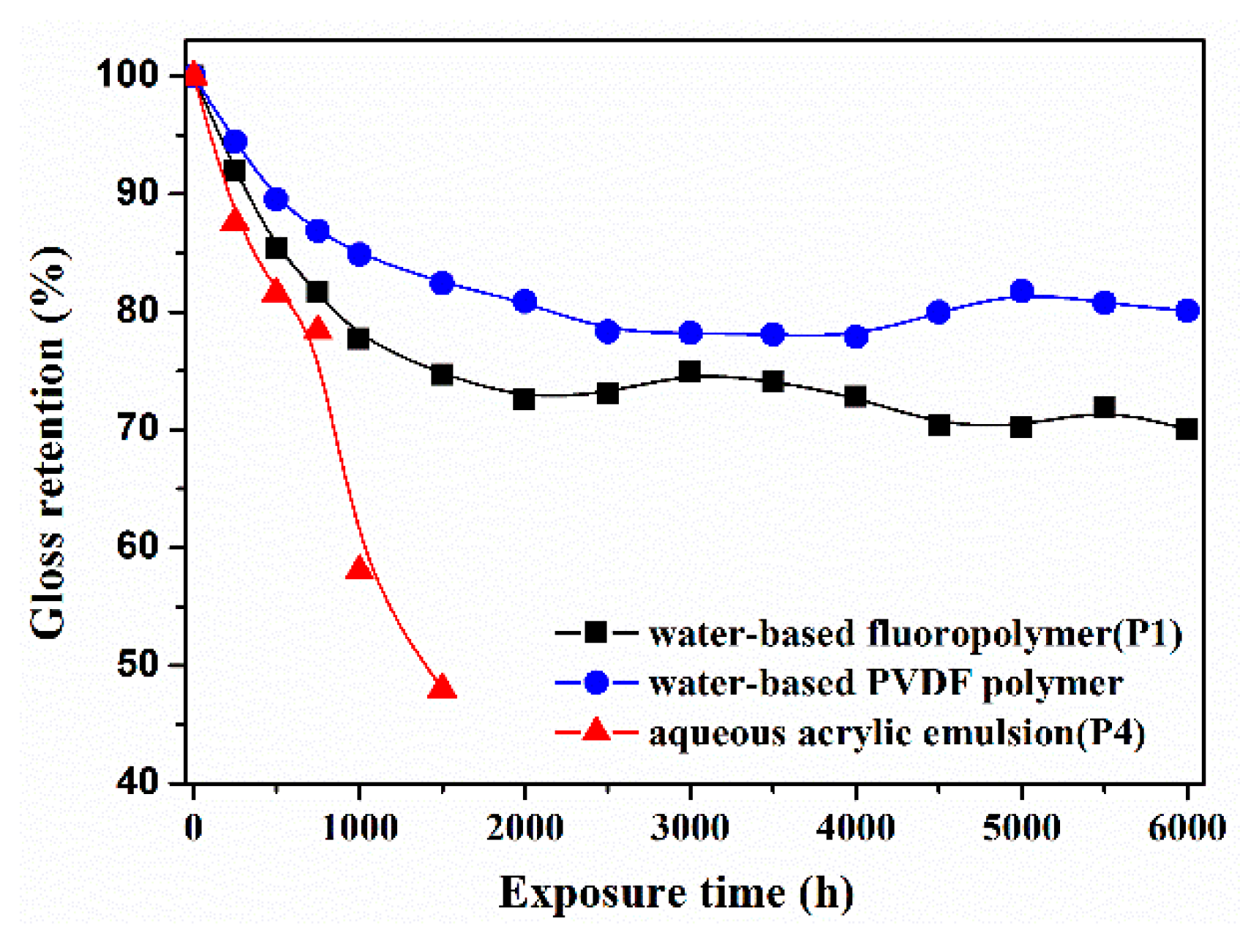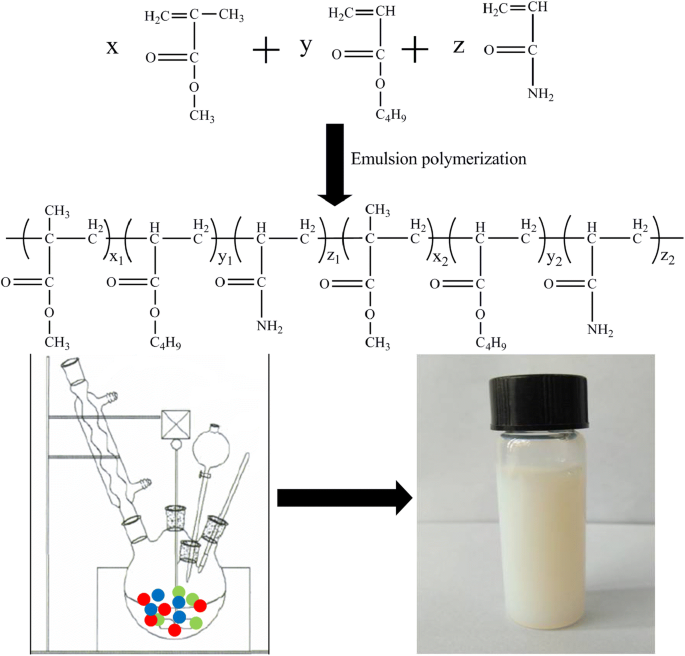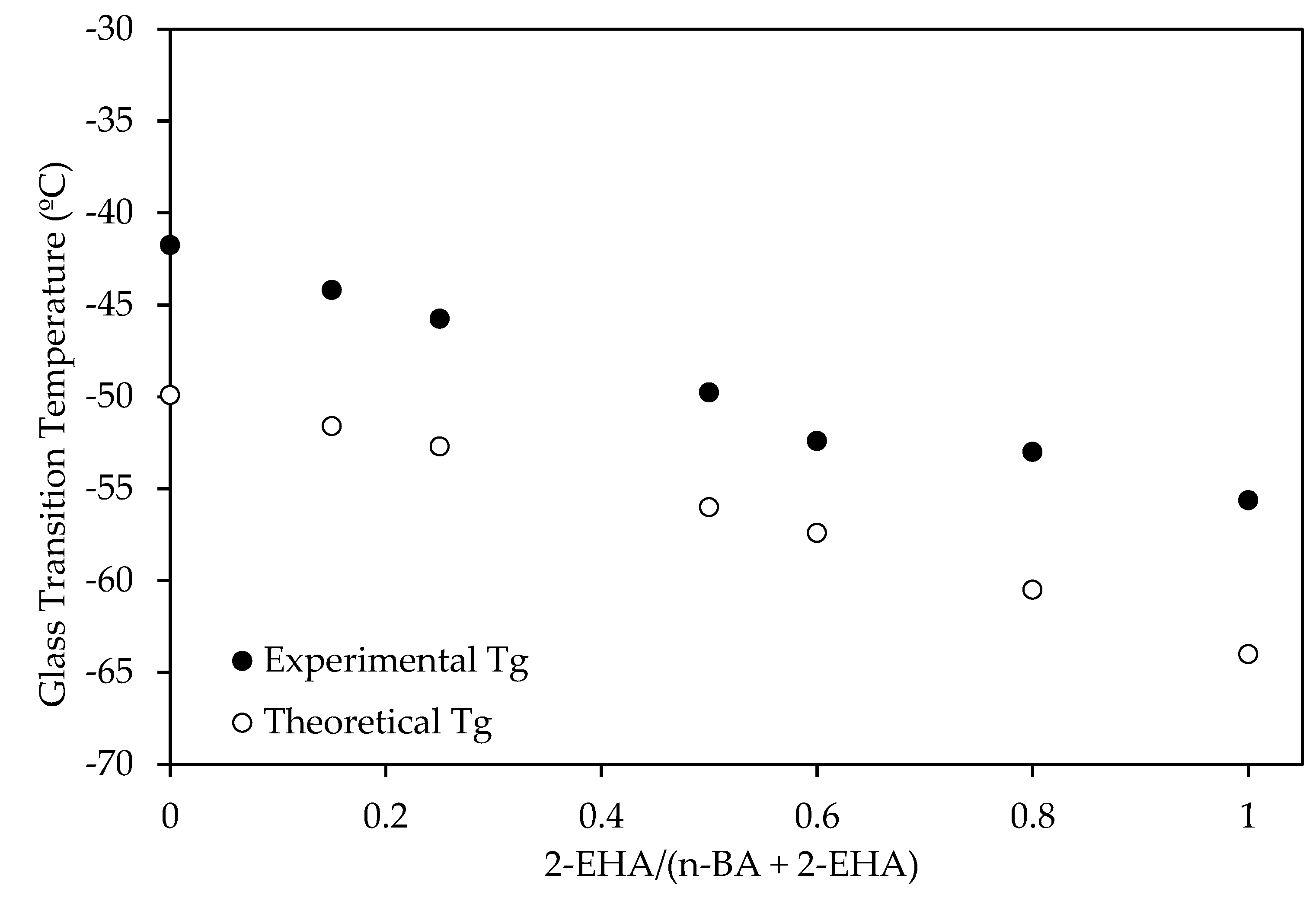Gülsüm karacetin ayfer sarac semicontinuous emulsion copolymerization of vinyl acetate and butyl acrylate with nonionic surfactants triton x series macromolecular symposia 10 1002 masy 201400156 352 1 72 77 2015.
Emulsion polymerization of vinyl acetate butyl acrylate.
George street toronto ontario m5s 3h6 canada.
The order of the polymerization reaction with respect to behm was calculated using the two different monomers and found to be 1 3 and 1 for vinyl acetate and butyl acrylate respectively.
In this manuscript the emulsion polymerization of vinyl acetate and butyl acrylate in presence of bis 2 ethylhexyl maleate behm was studied.
The order of the polymerization reaction with respect to the behm in presence of each of vinyl acetate and butyl acrylate was studied.
The emulsifier free emulsion polymerization of vinyl acetate vac and butyl acrylate ba in the presence of 2 acrylamido 2 methylpropane sulfonic acid amps was carried out by a semi continuous process.
Acrylic elastomer possesses characteristics of heat and oil resistance with the ability to withstand temperatures of 170 180.
It is used primarily for producing oil seals and packaging related to automobiles.
Acrylic elastomer is a general term for a type of synthetic rubber whose primary component is acrylic acid alkyl ester ethyl or butyl ester.
Potassium persulfate kps was used as initiator.
The emulsion polymerization kinetics of vinyl acetate and butyl acrylate in presence of behm was studied.
Acrylate were achieved by using bis 2 ethylhexyl maleate behm.
Emulsion copolymerization of vinyl acetate and butyl acrylate in the presence of fluorescent dyes jung kwon oh department of chemistry university of toronto 80 st.
Zvesti 38 6 803 822 1984 807.
Amps was a reactive surfactant in the aqueous emulsion due to its amphiphilic structure and the unsaturated double bonds.
In all cases the recipe comprised 145 g of water and 95 6 g of butyl acrylate.





























